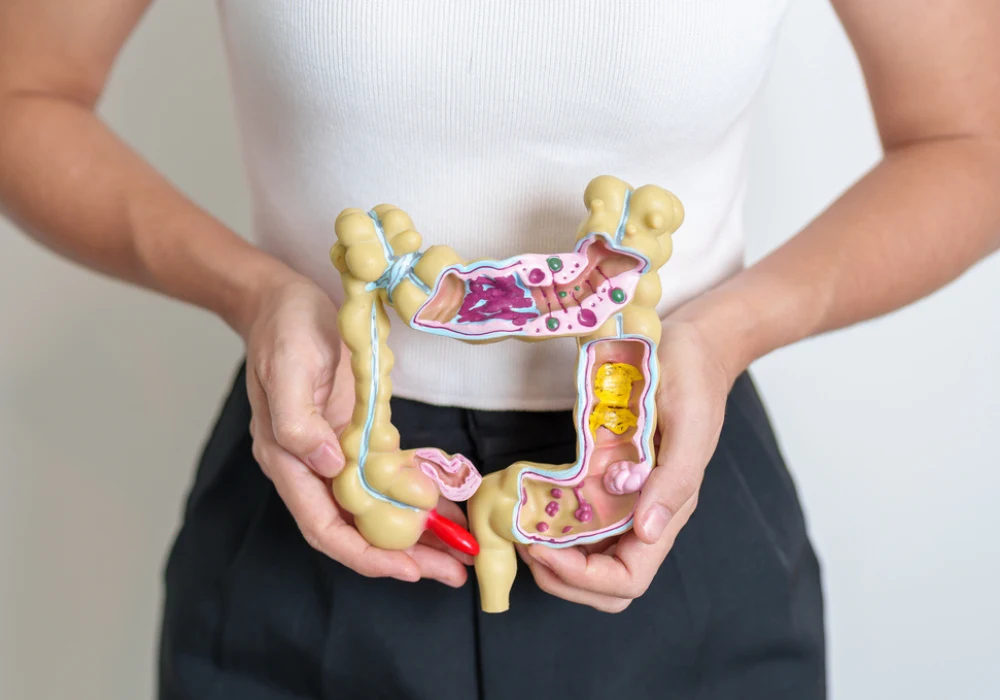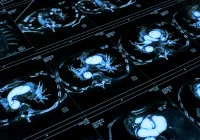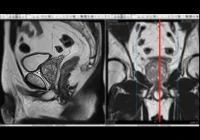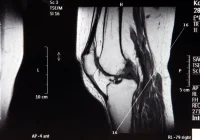Mucosal healing is a critical treatment goal in Crohn’s disease, associated with long-term remission and reduced complications. Although various clinical, biochemical and genetic predictors have been explored, none have proven consistently effective in routine practice. Intestinal ultrasound has gained attention as a non-invasive, detailed imaging method to assess disease activity. With the emergence of artificial intelligence in medical imaging, deep learning offers new possibilities for identifying patterns in ultrasound data that may predict treatment outcomes. A deep learning model integrating baseline intestinal ultrasound images and clinical data was developed to predict mucosal healing after one year of treatment.
Study Design and Data Collection
A retrospective cohort of 190 Crohn’s disease patients was recruited from a tertiary hospital. All patients had undergone baseline intestinal ultrasound and endoscopy, followed by at least 12 months of standard treatment in accordance with ECCO-ESGAR guidelines. Exclusion criteria included incomplete imaging data, gastrointestinal surgery during follow-up or comorbid bowel diseases. For each patient, demographic, clinical, laboratory and therapeutic data were collected. A total of 1548 longitudinal ultrasound images of diseased bowel segments were selected, ensuring high quality and minimal artefacts. These images, confirmed by endoscopic evaluation for mucosal healing, were divided into a training cohort and a test cohort based on examination date.
The deep learning model was trained using a convolutional neural network architecture incorporating a pre-trained ResNet50 backbone. Image features were processed through squeeze-and-excitation modules, and combined with tabular clinical and laboratory data encoded appropriately. Data augmentation techniques were applied to expand the dataset, and five-fold cross-validation was used to mitigate overfitting. The model was tested on segmental and patient levels, and Grad-CAM was used to visualise regions of interest contributing to prediction.
Model Performance and Predictive Accuracy
The model showed promising results in predicting segmental mucosal healing. When only ultrasound images were used, the cross-validation mean area under the curve (AUC) was 0.66. Incorporating clinical and laboratory data increased the AUC to 0.77 in training and 0.73 in the test cohort. The corresponding mean accuracy was 68.9%, with sensitivity and specificity of 68.1% and 69.5%, respectively. Positive predictive value reached 80.0%, while negative predictive value was 54.8%. Compared with the IBUS-SAS scoring system, which achieved an AUC of 0.67, the deep learning model demonstrated higher specificity and predictive reliability. On a patient level, the model attained a sensitivity of 37.7% and a specificity of 88.8%, indicating its potential value in identifying patients with a high likelihood of mucosal healing.
Must read: Imaging Techniques for Crohn Disease and Ulcerative Colitis
Grad-CAM visualisation confirmed that the model primarily focused on bowel wall structures, serosal surfaces and surrounding mesentery—areas consistent with clinical relevance in assessing disease activity. This interpretability enhanced the credibility of the model’s outputs and aligned with known pathophysiological markers of Crohn’s disease activity.
Implications and Limitations
The results underscore the potential of artificial intelligence to enhance treatment prediction in Crohn’s disease. Prior attempts to predict therapeutic outcomes have included clinical variables such as age, smoking, disease phenotype and laboratory markers like CRP, but with limited success. While some imaging-based models using MRI or endoscopy have shown promise, they often require specialised equipment or have not been validated externally. This model, based on widely available ultrasound and integrated clinical data, offers a more practical and scalable approach.
Despite encouraging results, limitations must be acknowledged. The retrospective design, single-centre data and operator-dependent ultrasound acquisition may limit generalisability. The exclusion of patients who underwent surgery or intervention during follow-up could introduce selection bias. Moreover, the moderate negative predictive value indicates that the model may be less reliable in ruling out mucosal healing, highlighting the need for further refinement.
A deep learning model based on baseline intestinal ultrasound and clinical information demonstrated notable accuracy in predicting mucosal healing in Crohn’s disease. With an AUC of 0.73 and a high positive predictive value, the model may support early treatment planning and patient stratification. Future validation in multi-centre, prospective studies is essential to establish its role in clinical practice.
Source: Insights into Imaging
Image Credit: iStock










